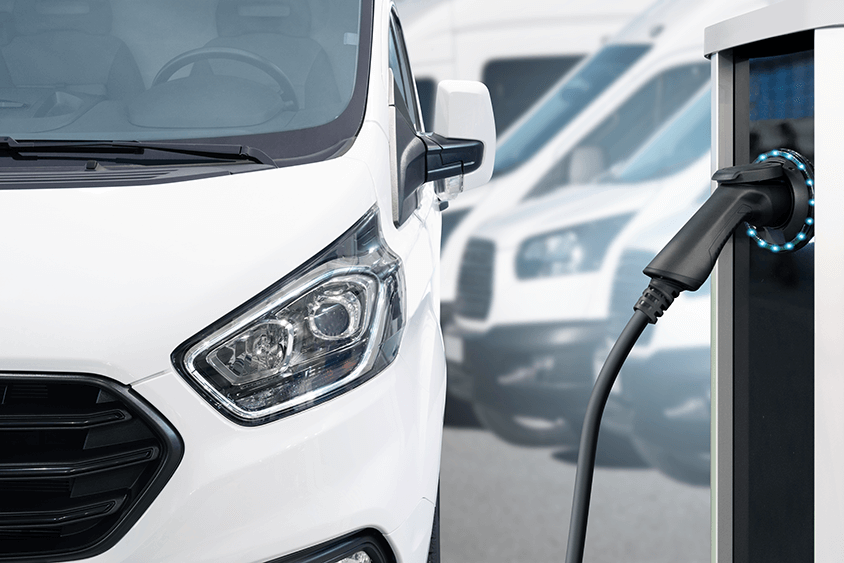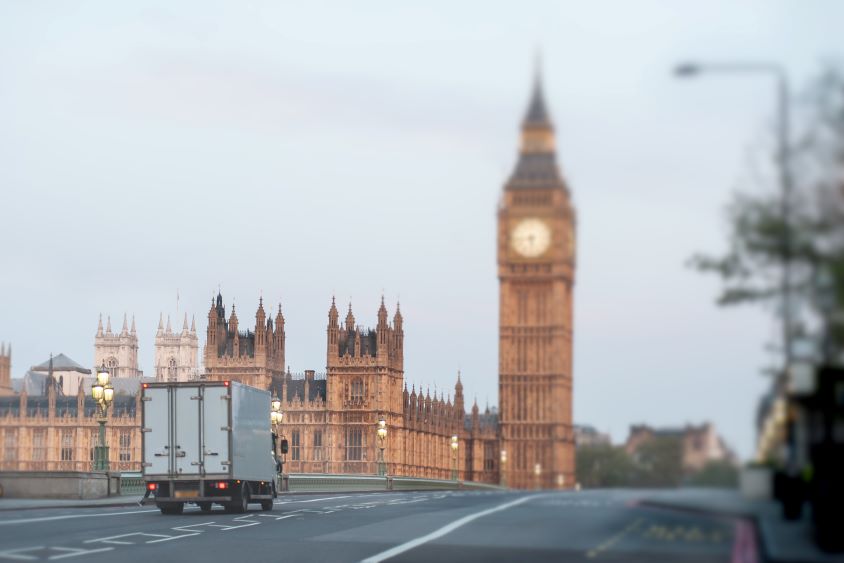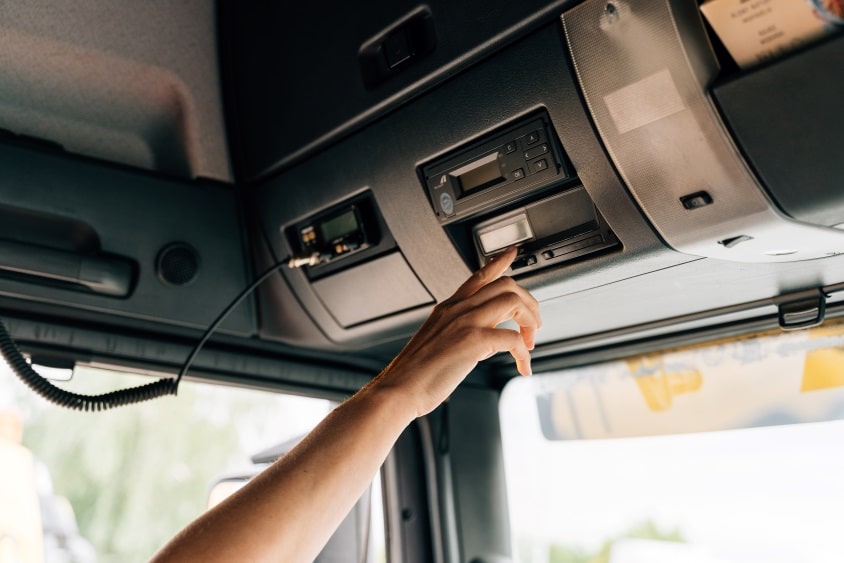How to save fuel: 5 key steps you need to consider
Written by: Simon Pavey, Last updated:13th February 2023
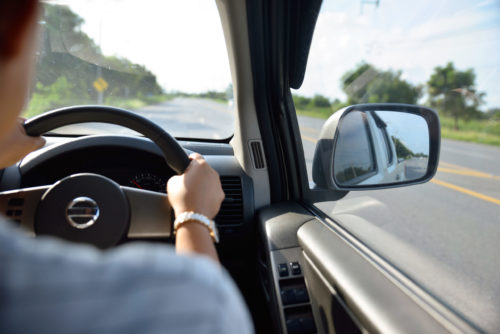
Reducing costs should be a high priority for every business. One of the easiest ways to do this is to examine the amount of fuel your drivers are using. Fuel consumption will be different for every vehicle but, if you know what you’re doing, there are savings to be made.
According to the UK Retail Road Fuels Market 2019 report from the Petrol Retailers Association, a total of 46.5 billion litres of fuel were used by businesses across the country in 2018. That’s a staggering figure, but one which highlights the scope of potential savings.
Here we examine several ways you could reduce your own fuel consumption. Ultimately, a few simple changes could lead to significant savings for those who get it right.
What factors increase fuel consumption?
Many variables impact the amount of miles per gallon drivers will see from their vehicles. As such, maximising your savings on fuel can be complex, but there are some simple measures that deliver consistent results.
One of the biggest contributing factors is the weight of the vehicle – heavier loads require more fuel to carry. As a result, you should reduce the amount of unnecessary items in your vehicle. This includes things like roof racks, roof boxes and bike racks, which not only add weight, but can also significantly increase fuel consumption due to increased air resistance.
Indeed, RAC patrol Chris Burgess advises: “Avoid keeping heavy loads and loose items in your car when not required … and don’t forget to remove luggage racks and roof bars when you no longer need them.”
Meanwhile, tyre pressures can also have a large impact on fuel efficiency. Take the time to regularly check the psi of your tyres and ensure they are in line with the manufacturer’s recommended pressures. Remember, there’s often a different recommendation for the front and rear.
Correctly set tyre pressures could help you to save a large amount of money, as any drop-off in pressure will increase the amount of friction between the tyre and the road. The flatter your tyres are, the more fuel that’s required to overcome this force and keep your vehicle moving.
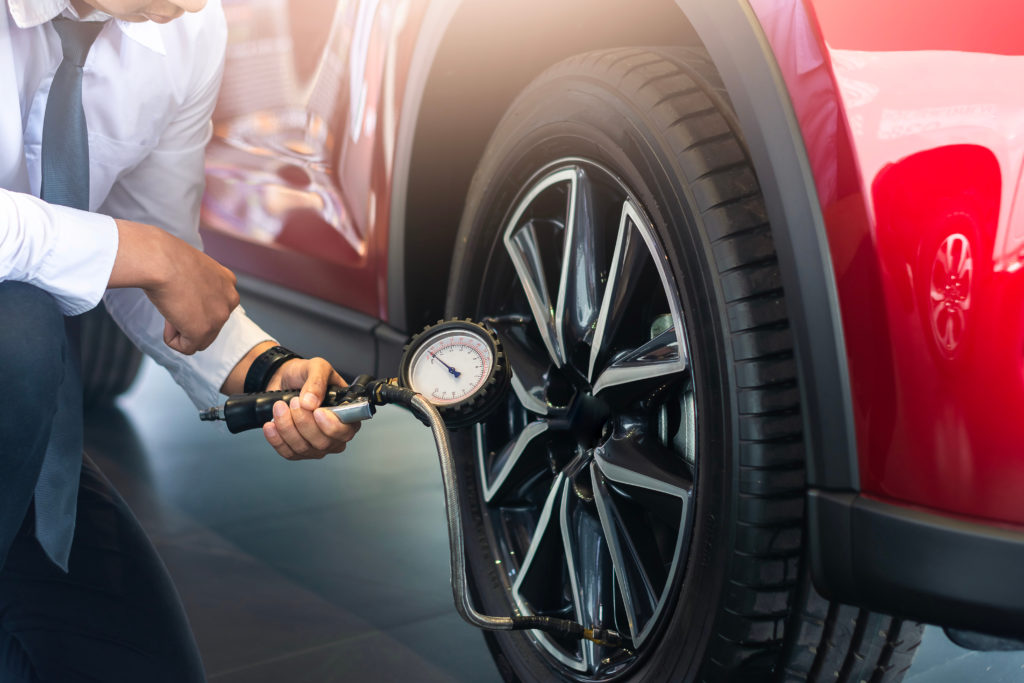
How to save fuel by changing your driving style
One of the most beneficial changes drivers can make to reduce their fuel costs is to amend their style of driving. There are five key pointers that every motorist should be aware of:
- Drive smoothly – Your vehicle will use more fuel while accelerating. As such, smoother driving, which limits the need to brake hard and accelerate hard, will help to save fuel. The higher revs your engine is asked to make, the more fuel it needs. Gentle acceleration is therefore more efficient – and also much more pleasant for you and your passengers.
- Turn off air con – Many modern cars have air conditioning installed. However, what you might not know is that turning it on uses fuel. As a result, it can be more fuel efficient to open the windows when you want to cool down. While this can increase drag, it’s more fuel efficient than air conditioning.
- Anticipate the road ahead – Backing up the need for smooth driving, you should consider the road ahead if you want to avoid unnecessary braking. Remember to look up the road in order to anticipate potential problems. Keep an eye out for upcoming traffic or possible hazards and you can slow down smoothly to avoid harsh braking.
- Stick to the speed limit – Speed is one of the biggest factors in determining fuel consumption. When you exceed the national speed limit of 60 mph, fuel usage will dramatically increase. This is due to the engine having to work harder to maintain a higher speed. For example, driving at 80 mph uses 40% more fuel than at 60 mph.
- Plan your journeys – Knowing where you are going and how to get there can significantly reduce your fuel usage. Limiting the number of wrong turns means you’ll reduce the overall mileage of your journey. It’s therefore important to always plan your journeys in advance, ensuring you factor in breaks when travelling long distances.
When you follow the advice above, you’ll not only be saving on the amount of fuel you use, you’ll also be making yourself a safer, better driver. Being aware of what is happening around you is essential for all drivers. At the same time, being more organised with your planning means fewer distractions when you take to the roads.

Save money by investing in fuel cards
Away from a more general change in driver behaviour, there are other ways to save on the cost of fuel.
Fuel cards represent an easy win for businesses and individuals, as one of the biggest benefits of opening a fuel card account is the savings you can make. Not only that, they also help to streamline managing fuel expenses. You receive a single invoice covering all transactions and eliminate the need to carry physical cash to fill up your vehicles, using your card instead.
At Fuel Card Services, we pride ourselves on our competitive rates and making sure our clients are always looked after. You could save up to 10p per litre on the cost of petrol and diesel when signing up with us.
Find out more about the wide selection of fuel cards we have to offer – including all the biggest names, such as BP, Esso and Shell. Use our handy guide to compare fuel cards to determine the product that’s right for you.
back

